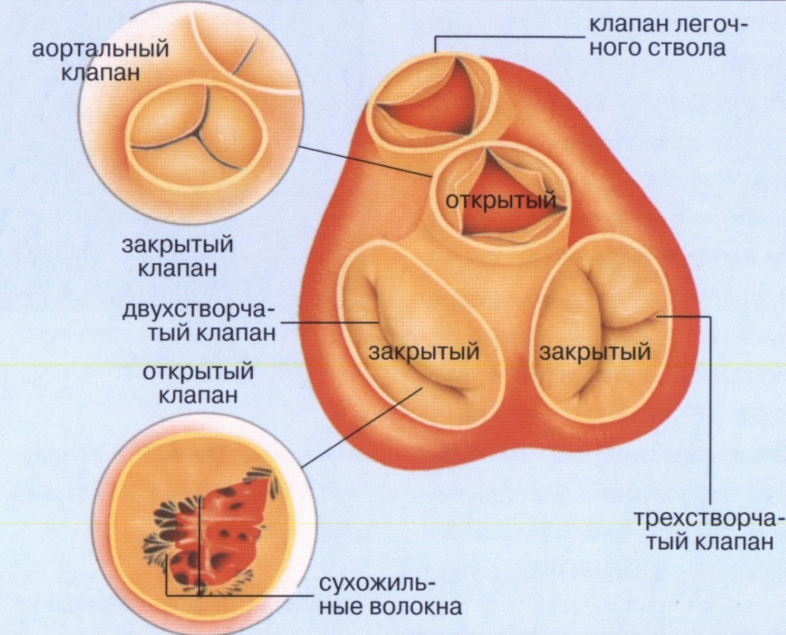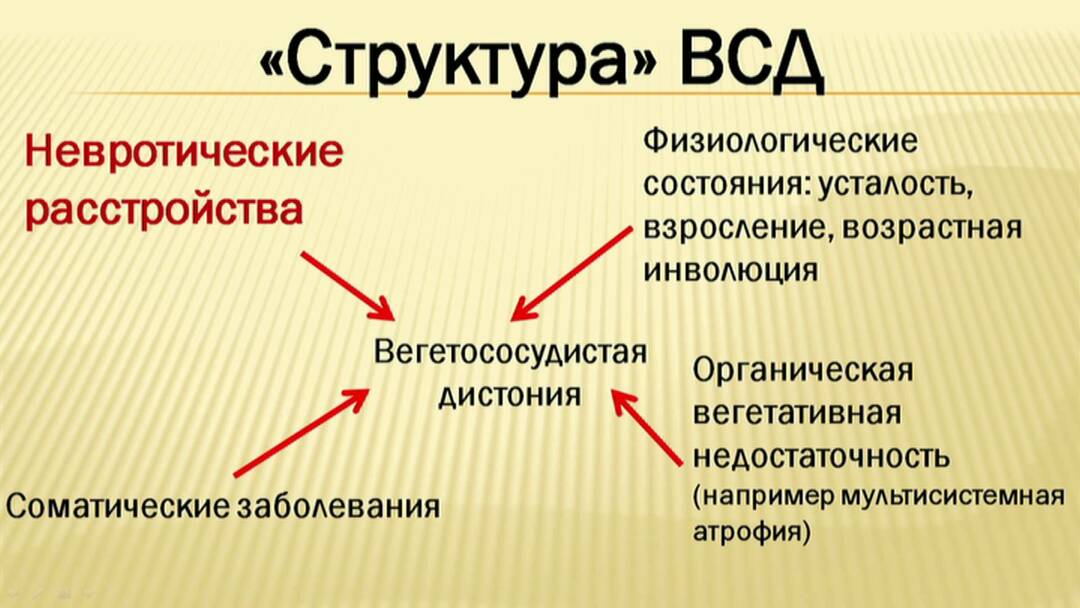First aid for stroke
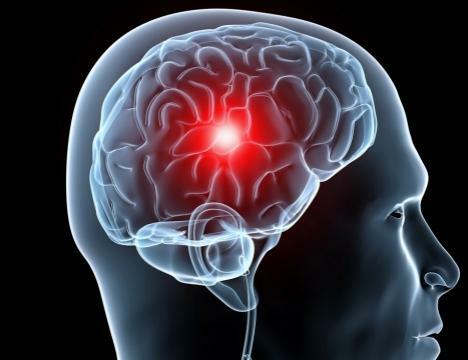 Stroke is one of the most severe pathological conditions.Brain ischemia, which occurs due to several dozens of causes, often leads to his heart attack, that is, to necrosis.The consequences of this are catastrophic - from disability with paralysis to a rapidly advancing death.However, all this can be avoided if one knows the algorithm of first aid for stroke.
Stroke is one of the most severe pathological conditions.Brain ischemia, which occurs due to several dozens of causes, often leads to his heart attack, that is, to necrosis.The consequences of this are catastrophic - from disability with paralysis to a rapidly advancing death.However, all this can be avoided if one knows the algorithm of first aid for stroke.
The actions of the person saving the patient must obey the main rule of medicine - "do no harm".Practice shows that knowledge of the algorithm quickly erodes from memory, if a person does not understand why you need to make this or that manipulation.Therefore, it is worth taking a little insight into the processes that occur during a stroke in the patient's body.
What happens in the brain with a stroke
There are two types of stroke - ischemic and hemorrhagic.In the first case, damage to brain cells occurs only because the supply of oxygen to them is disturbed.In the second, in addition to this cause, there is an infiltration of the nervous tissue of the blood that has poured out of the blood vessels or its cluster, which compresses the brain structures.
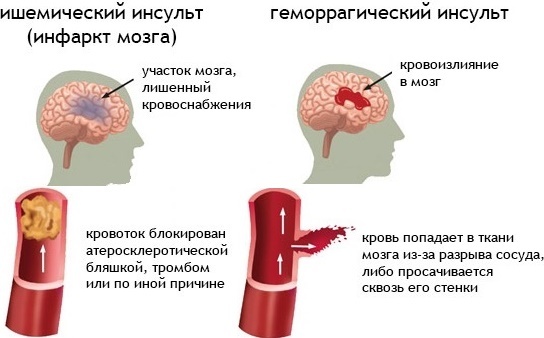
The most important problem in stroke is cerebral edema.In hemorrhagic form of the disease, it is associated with a decrease in the barrier function of the vessel wall.As a result, the liquid part of the blood swims into the brain tissue, causing swelling.With ischemic stroke, the permeability of cell membranes is increased due to damage by cell decay products in conditions of acute oxygen starvation.
Loss of consciousness is one of the most important symptoms of a stroke.It arises because of a sharp deterioration in the blood supply to the brain, which turns into a kind of "waiting mode".Having reduced its activity by switching off consciousness, the brain can survive for a while under conditions of hypoxia, retaining only those functions that are necessary for immediate survival.However, if the "waiting" is too long, the phenomena of edema that lead to the stopping of breathing and, subsequently, the heart activity increase.
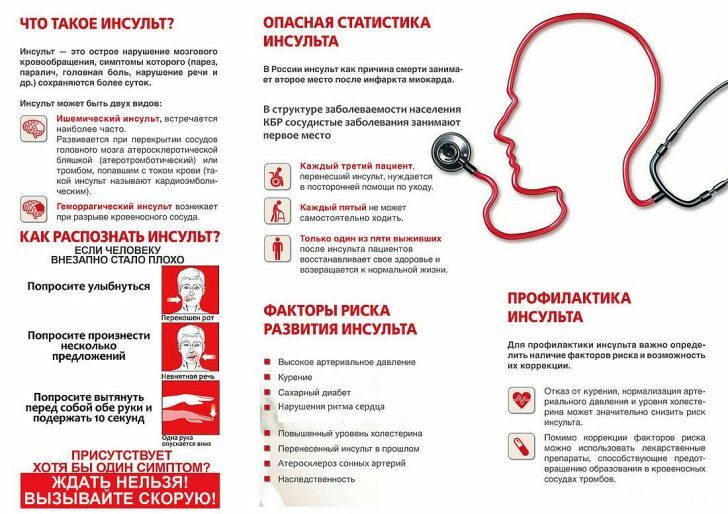
Disruption of the supply of oxygen to brain structures can lead to the appearance of pathological foci of excitation in the brain.The result is a powerful cramp, reminiscent of epileptic.This condition also worsens the prognosis of the disease.
First aid for stroke
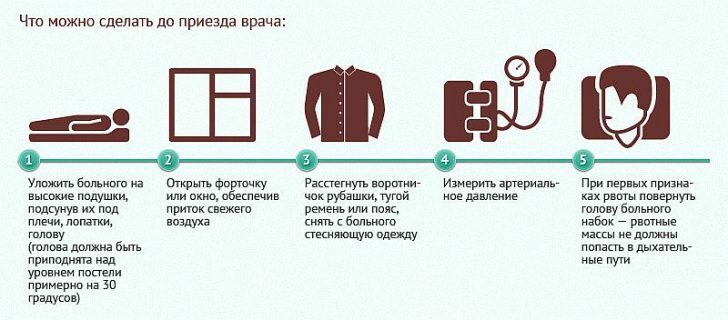
First aid measures for detecting stroke symptoms are relatively simple and fit in a simple algorithm:
- Do not panic!This should begin with, even if it seems that all is lost.The chance to survive in a person who has lost consciousness due to a stroke is 30% if first aid is given promptly.Every minute of delay reduces the probability of a successful outcome, so there is no time to panic - we must act.
- Call the ambulance.If a person within 6 hours from the development of the first symptoms falls into the hands of specialists - there is a high chance that the stroke will pass with minimal consequences, and even without them.
- Determine if there is a pulse in the carotid artery and whether the patient is breathing.If everything is ok, but the patient is unconscious - put him on his back so that the upper body is at an angle of 30 ° relative to the lower one, tilt the head and push the lower jaw forward forward - so you will provide airway patency and prevent non-aggression of the tongue.
- If you have seizures, insure the patient's head without unnecessary effort.Take care not to hit hard objects.If possible, insert a coiled, dense tissue between your teeth.Do not try to unclench any clenched teeth - it's dangerous( if the tooth breaks, its fragment can get into the airways and cause asphyxiation).
- Most often, a stroke occurs against a background of sharply increased blood pressure.Reduce it is allowed only if it exceeds the figures of 220/130 mm Hg.Art.To do this, you can not use drugs with a quick action such as nitroglycerin, nifedipine or captopril.In no case should you give the unconscious patient tablets so as not to provoke asphyxia.
According to WHO recommendations, the use of any therapeutic measures during the waiting period for transportation to the hospital is undesirable, provided that the patient falls into the hands of doctors within the next few hours.So just provide him peace and wait for the arrival of specialists who are able to recognize both the stroke itself and its complications and to provide quality treatment if necessary.
Bozbey Gennady Andreevich, ambulance doctor

